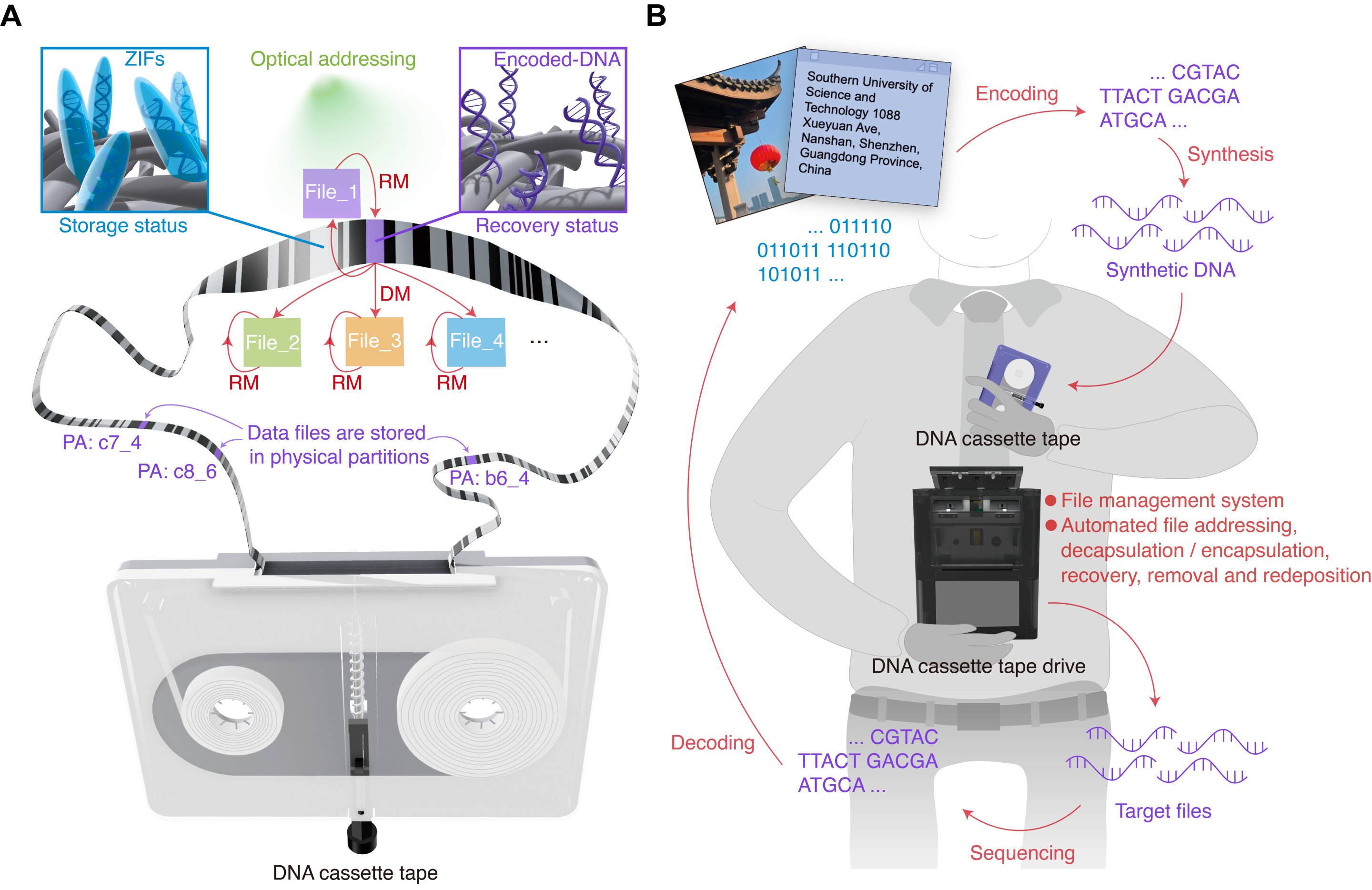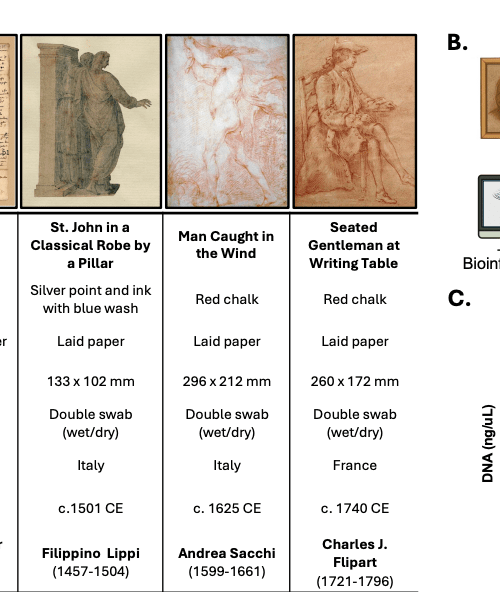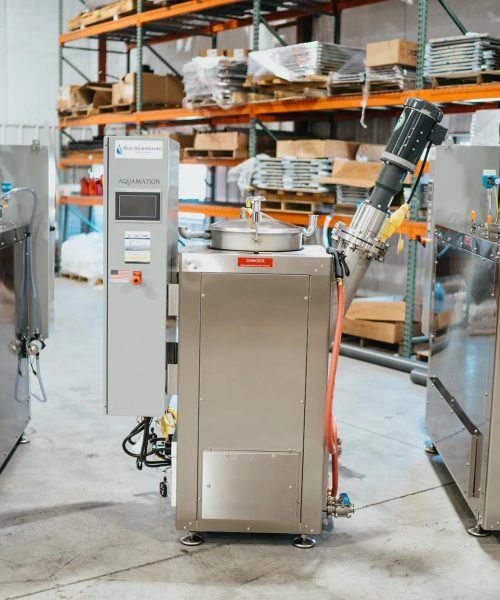The cassette tape. A staple of the Walkmans, car stereos, and sappy mixtapes of the 80s and 90s. It seemed like this once-groundbreaking piece of technology may have gone the way of the dodo. However, the cassette tape could offer a new way to store our ever increasing amount of digital data–with a biological twist.
DNA (deoxyribonucleic acid) is nature’s ultimate hard drive because it is dense, compact, and durable. To harness this storage power, Xingyu Jiang at the Southern University of Science and Technology in China and colleagues are using this genetic material to create experimental cassettes made out of DNA. The sci-fi-sounding findings are detailed in a study recently published in the journal Science Advances.
DNA can hold enormous amounts of data for seemingly endless amounts of time, all without electricity or using up precious energy. In theory, the DNA contained in one human cell can store roughly 3.2 gigabytes of data (about 1,000 songs). The challenge in harnessing DNA’s potential as a storage solution has been in building a system that we can easily use. The humble cassette tape could offer a solution.
In this new study, the team created a physical tape using a blend of polyester and nylon. Next, they printed barcode patterns on the tape, making millions of tiny sections similar to folders on a personal computer. This way, the system can pinpoint exactly where the data is stored.

In order to archive a file, the digital data is initially translated into a DNA sequence. To do this, the four building blocks of DNA–adenine (A), guanine (G), cytosine (C), and thymine (T)–are turned into a code similar to the combination of zeroes and ones that computers use. The tape was also coated with a crystalline layer to prevent the DNA bonds from breaking down.
To prove that the system worked, they converted a digital image into DNA. Then, they quickly retrieved the image from the tape.
A traditional cassette tape holds roughly 10 to 12 songs on each side, but 328 feet of this DNA cassette tape could hold the same amount of data in over 3 billion songs. The prototype’s total capacity is 36 petabytes of data, the same size as 36,000 terabyte hard drives.
[ Related: This app recreates the magic of VHS tapes and home movies with your iPhone videos. ]
Just don’t try to put this biological cassette in that old boombox collecting dust in the attic. It carries DNA molecules, not soundwaves, and does not have any of the magnets necessary to get it to play. Study co-author Jiankai Li told New Scientist, “Our tape carries DNA molecules. In other words, it would be like trying to play a photo in a record player — the formats are incompatible.”
If it works, DNA cassettes could offer a solution for the large data centers currently facing major storage and energy constraints. An MIT study from 2023 estimated that 4.4 percent of all electricity in the U.S. was consumed by data centers and that number is only expected to increase as more tech companies lean into AI. According to a report from The New York Times, the electricity bill for a typical household in Ohio increased by at least $15 a month in June, largely due to AI data centers.
A future solution like this DNA cassette could offer a scalable and more sustainable solution to large data centers, without sacrificing the world’s data.






